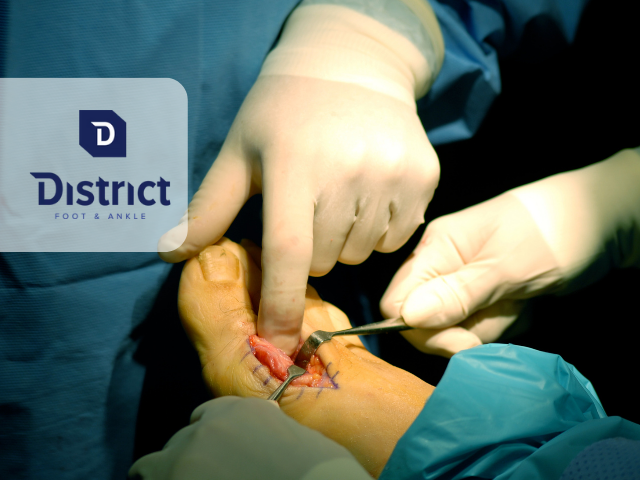Bunions are a common foot condition characterized by a bony bump at the base of the big toe joint. They can be painful, limit mobility, and impact overall quality of life.
While conservative treatments like wearing proper shoes and using orthotics can help alleviate symptoms, sometimes surgery is necessary to correct the problem. In Springfield, VA, there are various options for bunion surgery, each with its own benefits and considerations.
When considering bunion surgery, it is important to understand the causes of the condition. Bunions can be hereditary, caused by wearing ill-fitting shoes, or due to underlying medical conditions like arthritis. The surgery itself involves removing the bony bump and realigning the toe joint to improve function and relieve pain.
With advances in surgical techniques and technology, bunion surgery in Springfield, VA can be minimally invasive, allowing for quicker recovery times and less scarring. Understanding the different options available can help individuals make informed decisions about their treatment and improve their overall foot health.
Understanding Bunions and Their Causes
The etiology of bunions involves a complex interplay between genetic predisposition, abnormal foot mechanics, and environmental factors such as footwear choices and occupational activities.
A bunion is a bony bump that forms at the base of the big toe due to the misalignment of the first metatarsal bone and the big toe. This misalignment causes the big toe to bend towards the second toe, leading to the formation of a bunion.
Bunion prevention is essential, as they can cause significant discomfort and make it difficult to walk. Non-surgical treatments are often recommended in the early stages of a bunion, which includes wearing supportive shoes, using orthotics, and applying ice to the affected area.
Customized orthotics can help to redistribute pressure on the foot and correct abnormal foot mechanics, which can help to prevent further progression of the bunion. However, in some cases, bunion surgery may be necessary to alleviate pain and improve mobility.
Springfield, VA Bunion Surgery Options and Benefits
One potential option for addressing discomfort and deformity in the metatarsophalangeal joint is through a surgical procedure that involves realigning the bones and soft tissues.
In Springfield, VA, bunion surgery is a common solution for those suffering from the pain and discomfort caused by bunions.
There are several surgical techniques available, including traditional open surgery and minimally invasive surgery, each with its own benefits and drawbacks.
Traditional open surgery involves making an incision in the foot to access the bones and soft tissues, while minimally invasive surgery uses smaller incisions and specialized instruments to access the affected area.
Recovery time can vary depending on the technique used, with traditional open surgery typically resulting in a longer recovery period due to the larger incisions and more extensive bone and tissue manipulation.
However, both types of surgery have been shown to effectively address bunion pain and deformity, and patients can expect to experience improved mobility and a reduction in pain following the procedure.
Conclusion
Bunions are a common foot deformity that can cause pain and discomfort. They occur when the big toe joint becomes misaligned, causing the toe to angle towards the other toes. Bunions can be caused by genetics, arthritis, or wearing tight shoes.
In severe cases, surgery may be necessary to correct the problem. If you are considering bunion surgery in Springfield, VA, there are several options available. Your doctor can help you determine which option is best for you based on the severity of your bunion and your overall health.
Some of the benefits of bunion surgery include improved foot function and reduced pain and discomfort. There are several types of bunion surgery, including traditional surgery and minimally invasive procedures.
Traditional surgery involves making an incision in the foot and realigning the joint. Minimally invasive procedures use smaller incisions and specialized tools to correct the problem. Recovery time varies depending on the type of surgery performed, but most patients can resume normal activities within a few weeks.
In conclusion, bunions can cause significant discomfort and affect your quality of life. If you are experiencing pain or discomfort, it is important to seek medical attention. Bunion surgery is a safe and effective way to correct the problem and improve foot function. Talk to your doctor about your options and take the first step towards a pain-free life.

